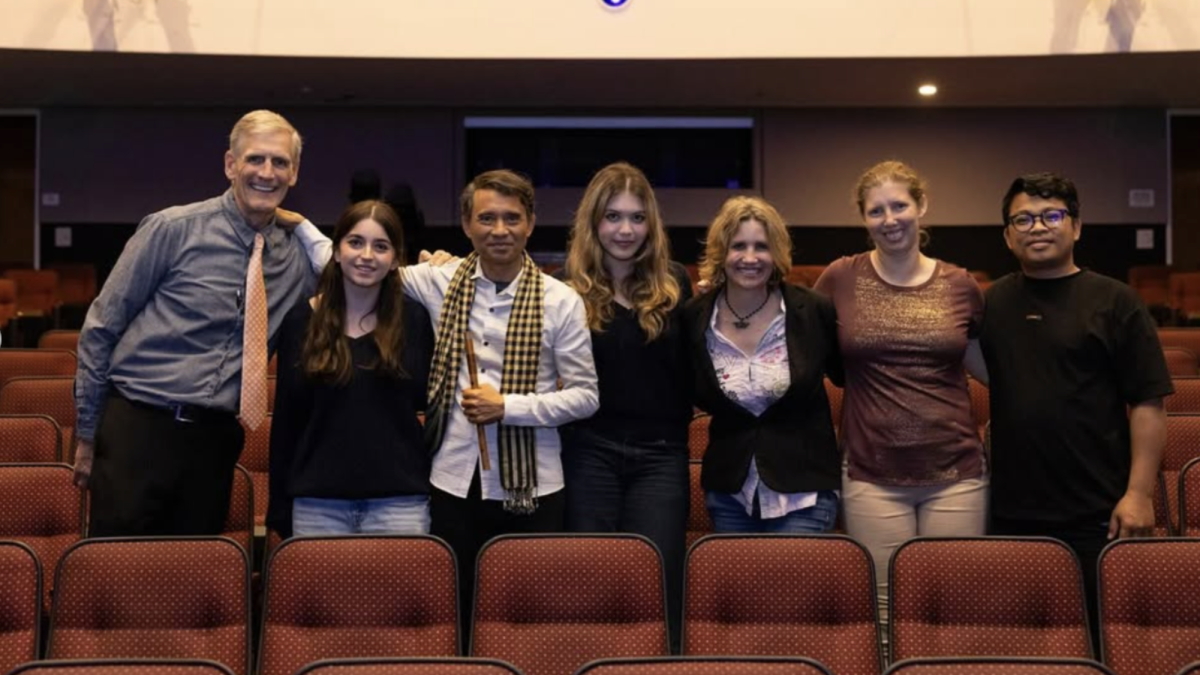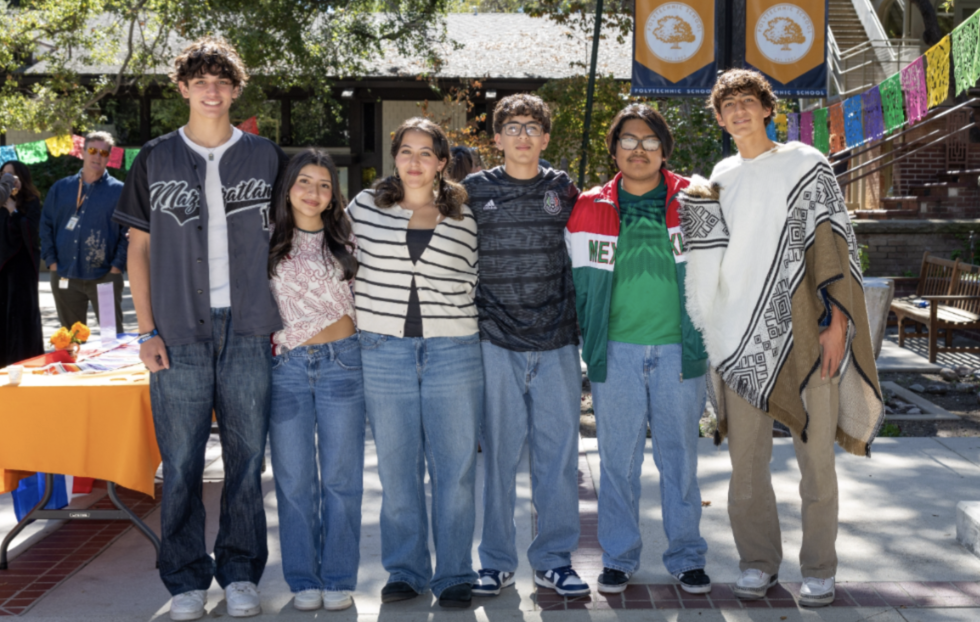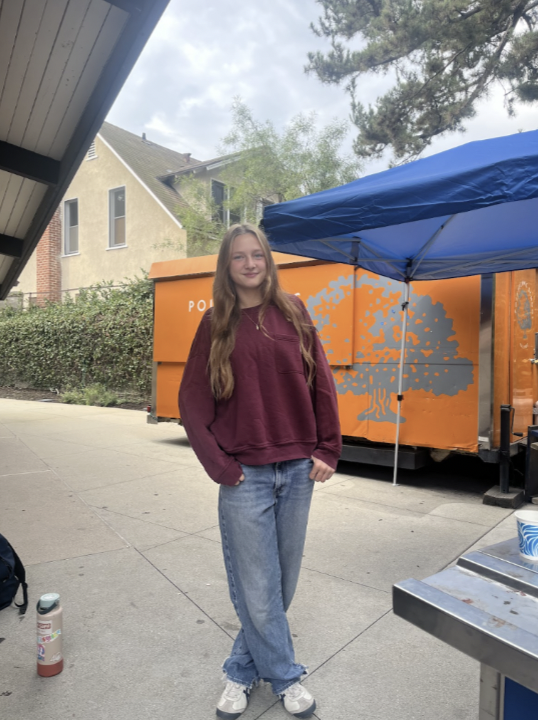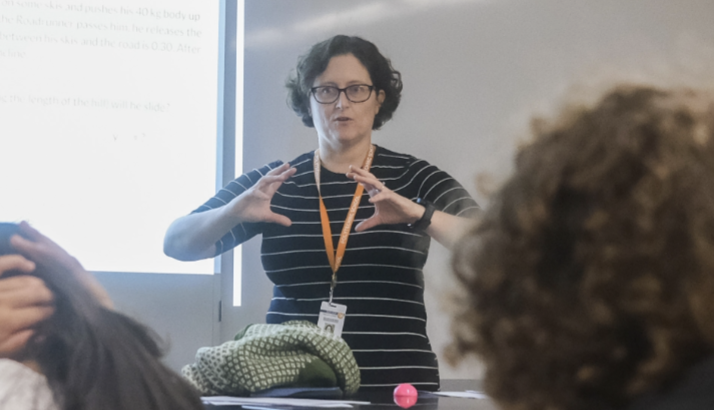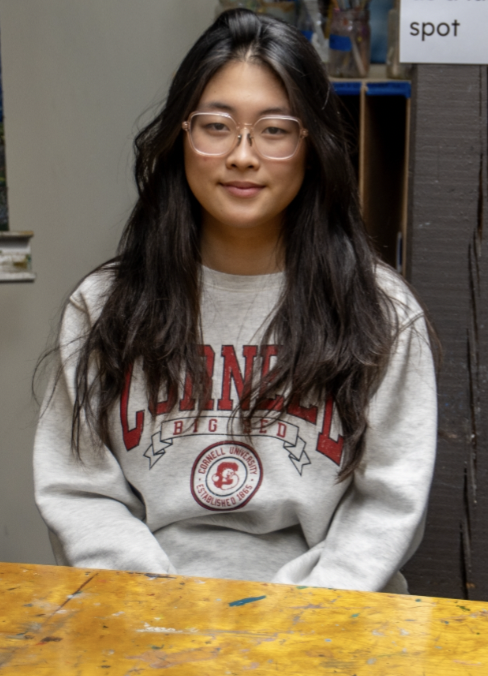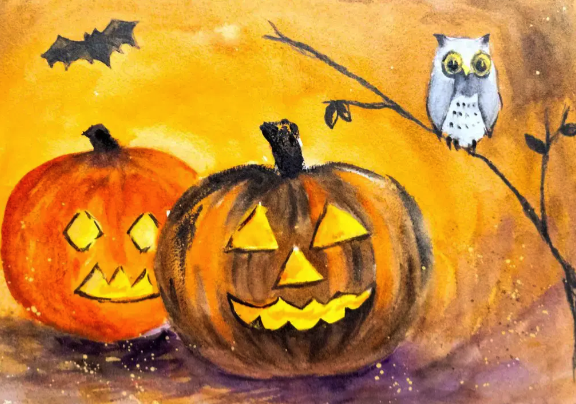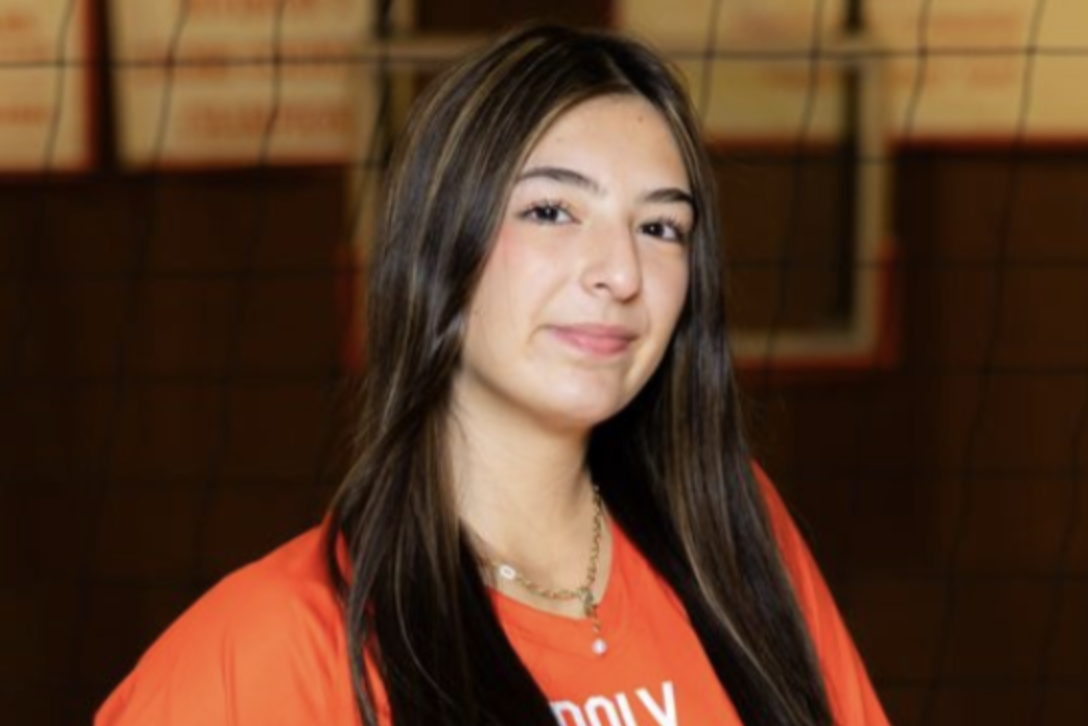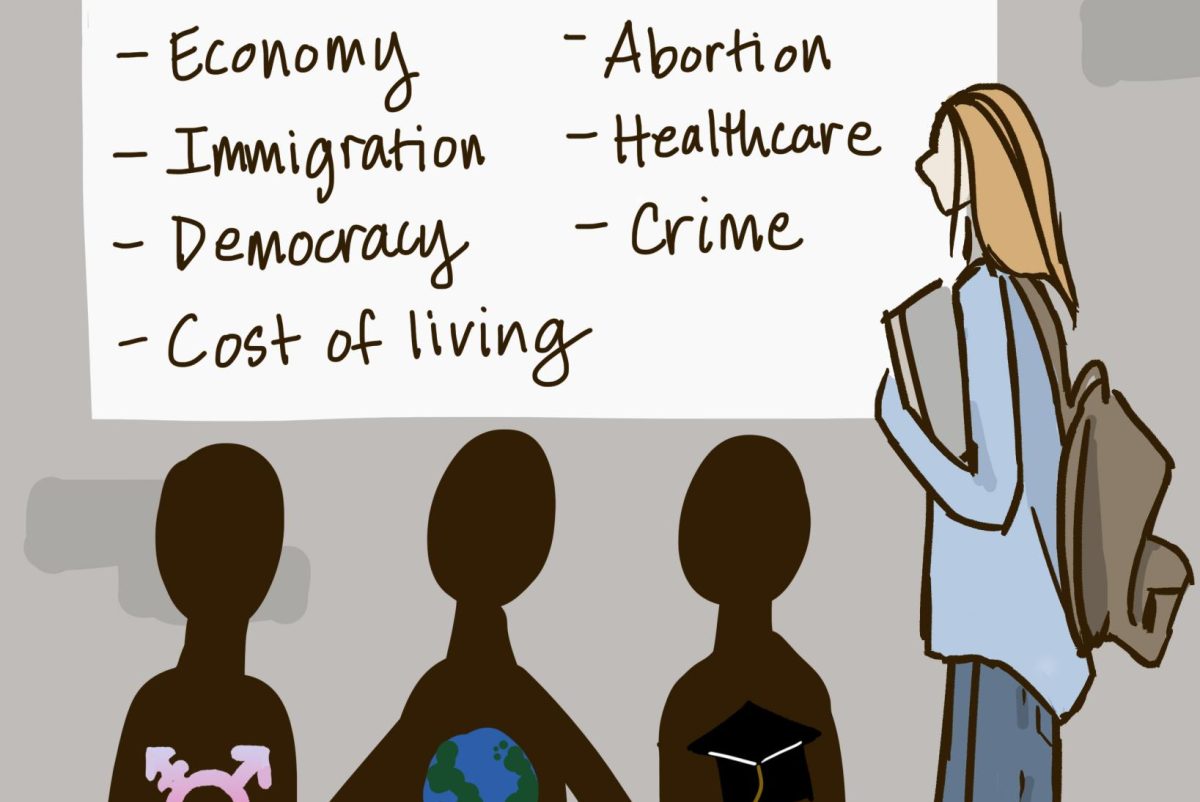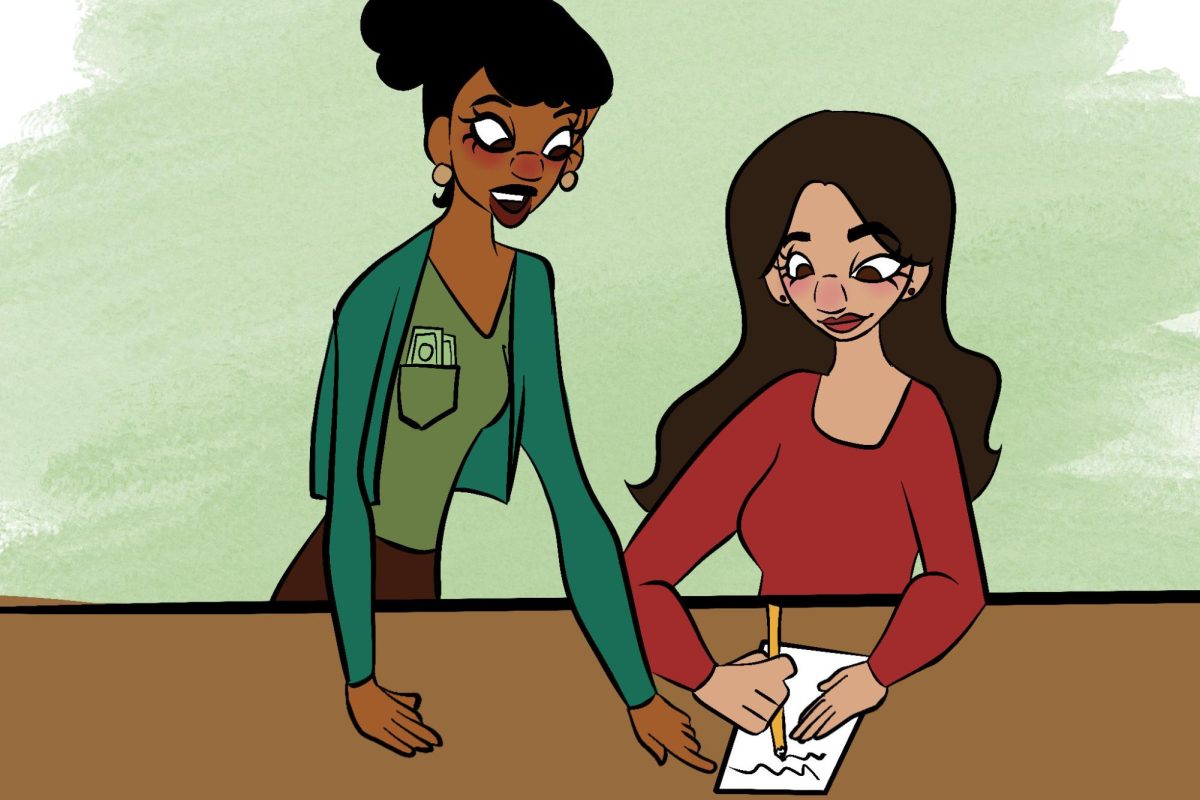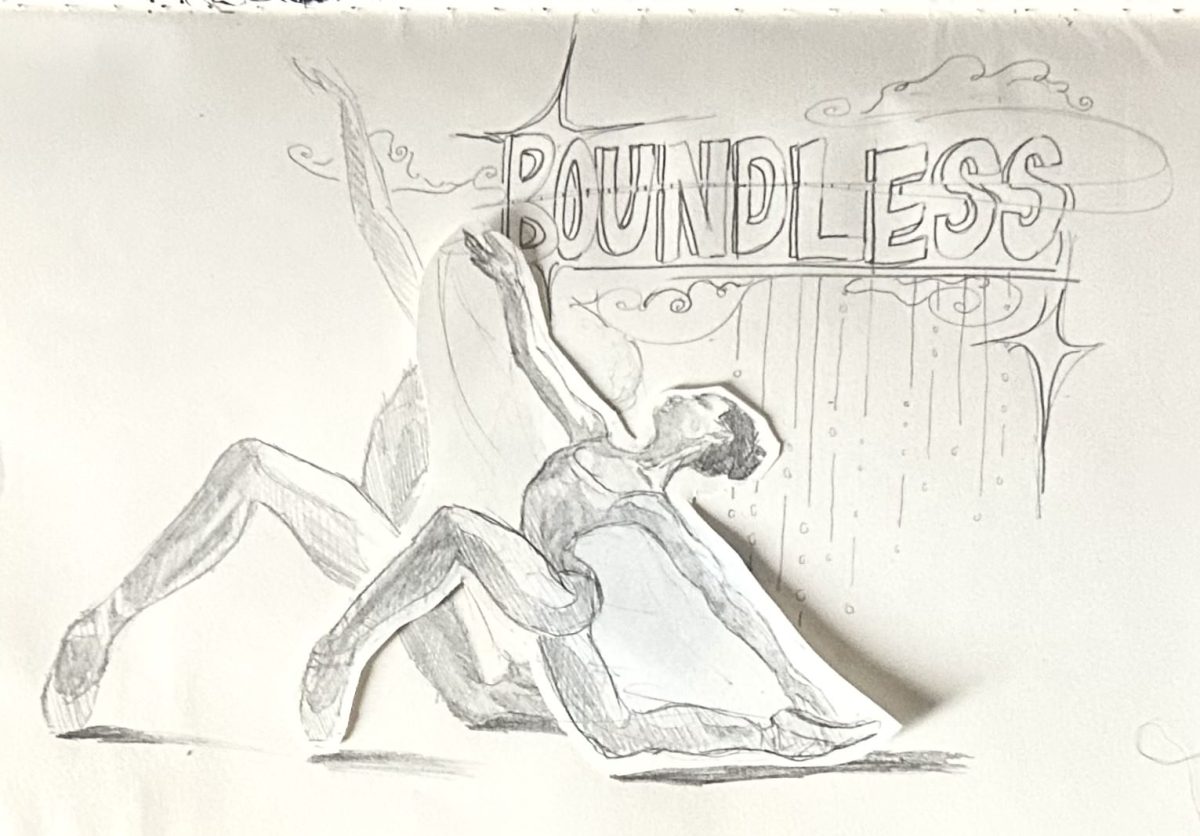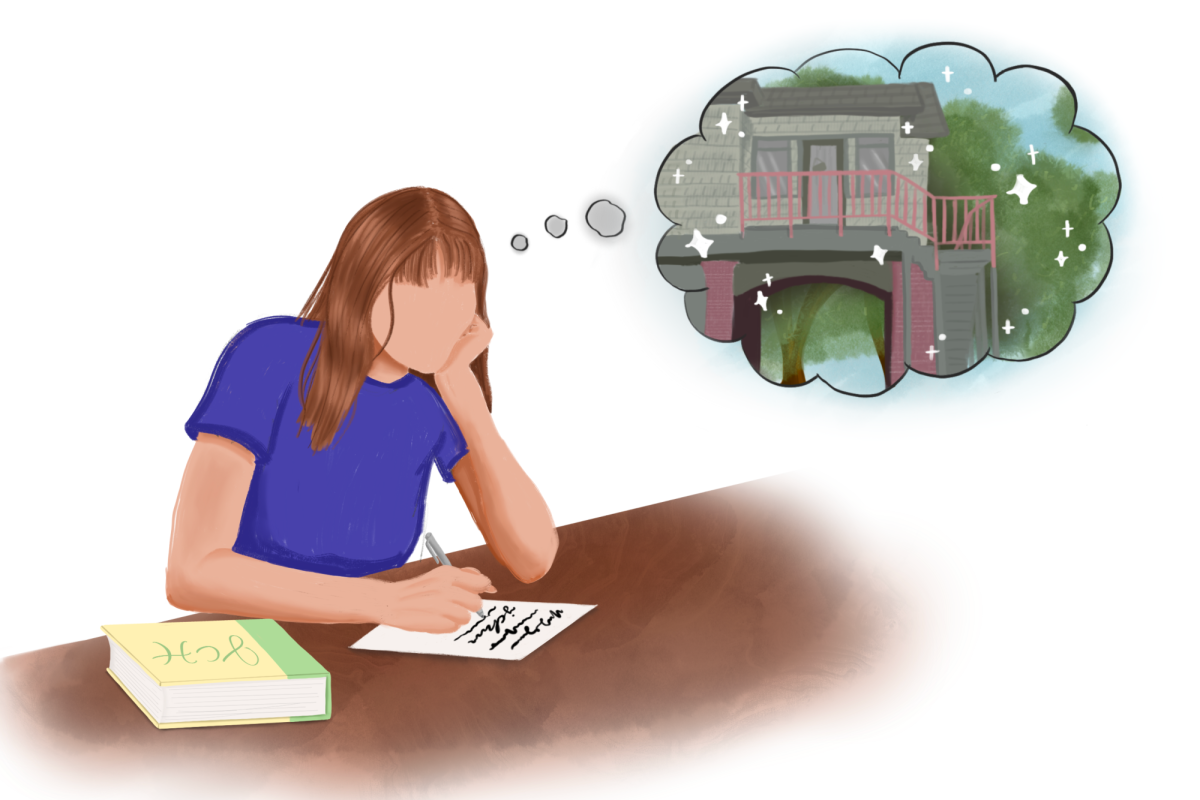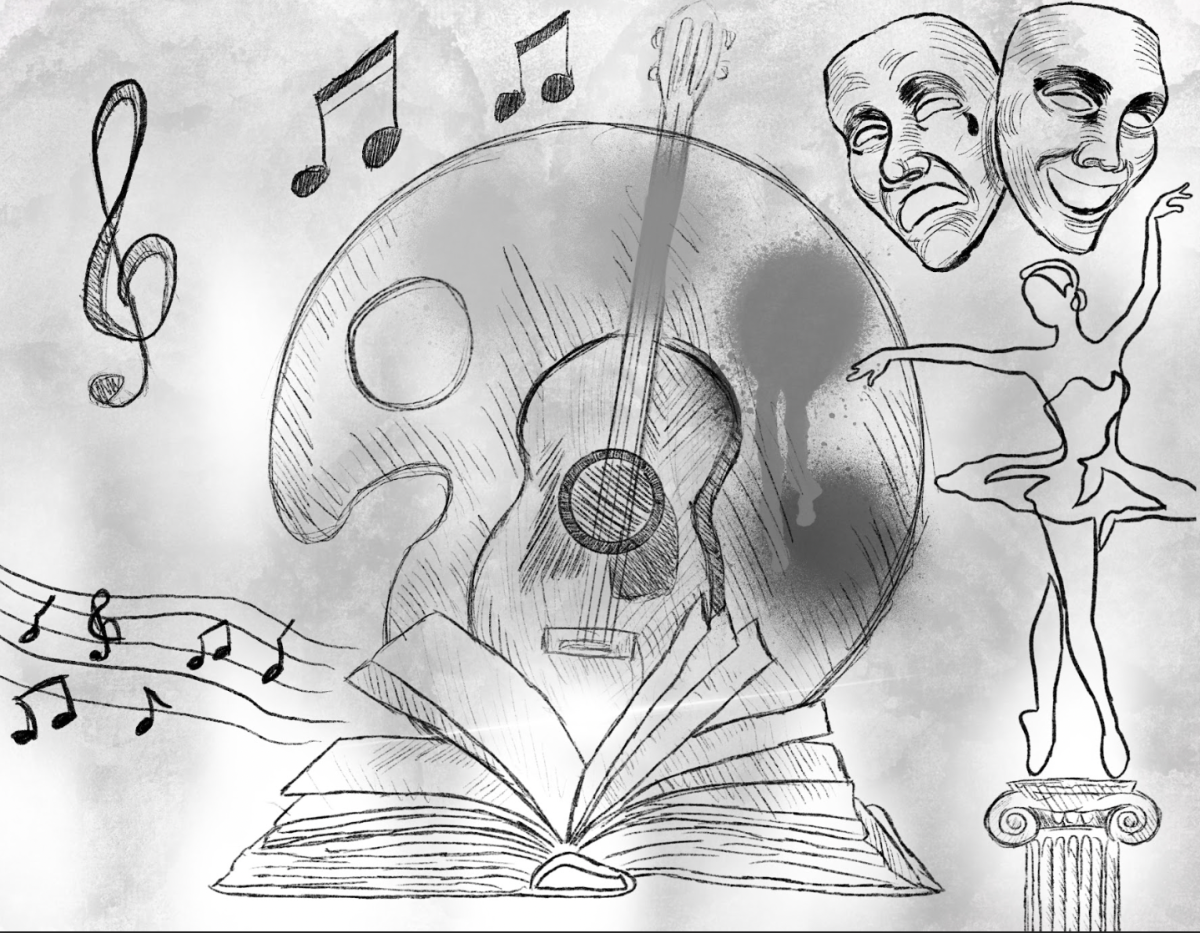As a dancer, I consider the arts a large part of my identity. I still remember attending my first dance classes, where I learned to pirouette and plié. Those classes were the highlights of my week, and I continue to view dance as a creative outlet. I’m very fortunate to have discovered this passion as schools nationwide have continued to push the arts to the back burner.
After federal initiatives such as No Child Left Behind, which increased schools’ responsibility for the academic performance of their students, and Common Core State Standards, a set of educational standards in math and English, were implemented, schools were pushed to focus more on math, science and reading. As a result, the quality of arts education students received severely declined, according to the International Journal of Education and the Arts (IJEA).
It’s time to start valuing the arts again, and here’s why.
First of all, arts education promotes cognitive, social and emotional benefits for students. A study by the Brookings Institute found that after improving the arts program in Houston public schools, there was a reduction of 3.6% in disciplinary incidents and an improvement of 13% in writing scores. This is especially important at the public school level, as more robust art programs can help provide equity and access to art opportunities for disadvantaged students. According to Americans for the Arts—a nonprofit organization that promotes the arts in America—public schools don’t prioritize arts education as much as private or charter schools. Eighty percent of U.S. students attend public schools, and more than 56% of public school students are minorities.
A case study by the IJEA investigated the impact of performing arts on the academic performance of African American male high school students. It found that participation in performing arts improved academic skills, school performance and graduation rates. These results suggest that improving access to arts-based programs would positively benefit these students in U.S. public schools, particularly minority groups.
Another study in Darlington, England, found that low-income students who participated in music education programs experienced both social and cognitive benefits, such as higher levels of self-efficacy and a stronger sense of connection to their schools and community.
Both of these studies prove the importance of arts education for minorities and disadvantaged groups. Depriving these groups of this crucial resource would only exacerbate disparities and drive our society further apart.
Arts education programs throughout America are crucial for all students to develop the skills and passions they need in life to succeed; you don’t need to consider yourself an “artist” to benefit from the arts. Moreover, alongside educational and cognitive benefits, the arts also provide social benefits for students of all backgrounds.
Poly music teacher Eric Lifland noticed a significant positive impact from the online music program he developed during the COVID-19 pandemic. “When I was working for the Los Angeles Children’s Chorus during COVID, I really helped lead us to create an online program that kept the program alive… I think it provided a nice community,” he said. “Even though the music-making wasn’t in person, it still felt communal and was a source of joy for the kids. They found community, bettering their social skills and passion for the arts in a time of isolation.” Finally, improving arts education has benefits for students’ long-term futures. Art programs teach students skills that apply to all careers, such as critical thinking, communication, collaboration and resilience. In addition to these skills, an enriched arts education can lead to various career paths. Many students who engage in the arts are inspired to pursue it as a career, they create a new generation of talented artists who create the music, film, art, and performances we all enjoy.
Even Princeton Review, a standardized test preparation company, states, “Arts education is an essential part of a balanced education. It can help students develop their creativity, critical thinking skills and problem-solving abilities.”
Schools should establish arts programs similar to those at Poly to cultivate a deep appreciation for the arts in students from an early age. And, like Poly, they should require students to amass a certain amount of arts “credits” by the time they graduate, ensuring participation in the program. School districts should introduce an arts curriculum starting in kindergarten, with students participating in art classes at least twice a week. As they move to middle school, they would have the chance to explore a wider variety of art forms before choosing an elective. In high school, students could concentrate on one or two specific performing or visual arts, allowing for more in-depth skill development.
These programs would create a country full of opportunities for all students, no matter their skill level or background.
While we cannot single-handedly change school curricula across the country, Poly students have already been working towards increasing awareness for the arts; organizations like Club Mudd, which holds pottery workshops for students in the Pasadena area, help bring the arts to those wanting to explore their creative side. As a community, we need to offer support to these existing clubs in addition to founding new groups dedicated to arts education. In order to give students the education they deserve, we need to take action — to volunteer, raise awareness and fight for the arts.



